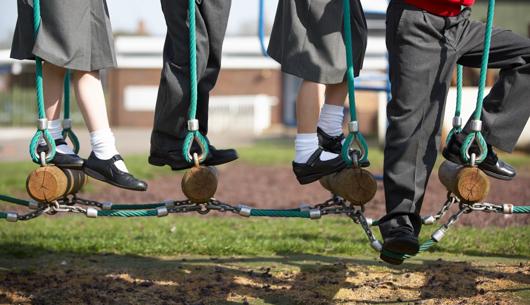The Department for Education (DfE) has published the latest statistics on suspensions and permanent exclusions in state-funded schools from the spring term 2021/22. These statistics will next be updated with a full year release covering the whole of the 2021/22 academic year in July 2023.
Unsurprisingly, both suspensions and permanent exclusions have increased when compared to the same term in the previous two years (due to the impact of school closures as a result of the COVID-19 pandemic).
Rates of permanent exclusion are still at lower rates than in pre-pandemic years, whereas rates of suspension appear to be much higher. Below we have listed the headline statistics:
- Persistent disruptive behaviour remains the most common reason for suspensions and permanent exclusions followed by physical assault against a pupil, physical assault against an adult and verbal abuse or threatening behaviour against an adult.
- Suspensions have increased by 31% since the last pre-pandemic spring term (in 2018/19). This is driven by a 38% increase in suspensions in secondary schools, while suspensions in primary (1% decrease) and special schools (5% decrease) both decreased.
- After persistent disruptive behaviour, the most common reason for suspension was verbal abuse or threatening behaviour against an adult, followed by physical assault against a pupil and adult. NB: Up to three reasons for permanent exclusion and suspension can be given in the census.
- The suspension rate for male pupils (3.07) is almost double that for female pupils (1.71), with the permanent exclusion rate for male pupils being more than double than that for female pupils.
- The suspension rate for pupils eligible for Free School Meals (FSM) is more than three times that for non-FSM eligible pupils. The permanent exclusion rate for FSM eligible pupils is 0.07, compared to 0.01 without.
- The highest rate of suspensions and permanent exclusions is among those pupils on SEN Support but without an EHCP (nearly four times the rate of exclusion for pupils without SEN).
- Pupils with EHCPs are twice as likely to be permanently excluded than pupils with no SEN.
- The highest rate for suspensions and permanent exclusions is in Year 10, followed by Year 9 and then Year 8.
- Gypsy/Roma pupils and pupils from the Traveller of Irish Heritage ethnic groups have the highest rates of suspension and permanent exclusions, followed by Black Caribbean and White and Black Caribbean.
- Pupils in the Indian and Chinese ethnic groups had the lowest rates of permanent exclusions and suspensions.
The statistics broadly follow the trends seen at pre-pandemic levels. It will be interesting to see a full year’s data and how that compares to pre-pandemic years given the difficulties many schools have encountered with managing pupil behaviour following years of disruption caused by the pandemic.
For more information and support managing school exclusions and suspensions in line with the latest guidance, head to:
Key contact

Hayley O'Sullivan
Principal Associate
hayley.o'sullivan@brownejacobson.com
+44 (0)121 237 3994








































